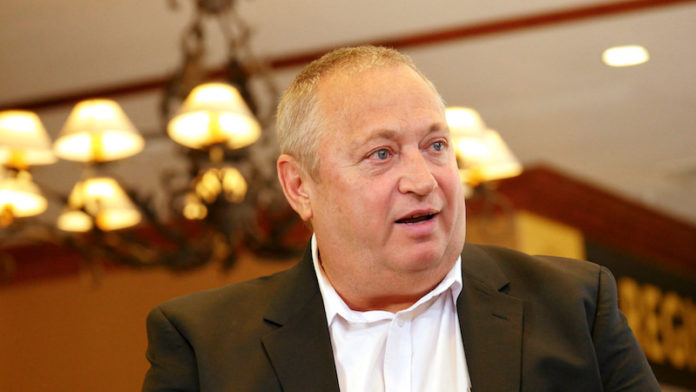
SHARES in Sibanye-Stillwater closed last week on an all-time high of just over R42/share, valuing the company at some R112.4bn, but the focus this week when it reports on its 2019 full year numbers will be on the firm’s commitment to reinstating the dividend.
The dividend was suspended in August 2017, a development that drew market opprobrium at the time. Sibanye-Stillwater CEO, Neal Froneman, had previously said the dividend was sacrosanct, but amid some R22bn in net debt – a function of the takeover of Stillwater Mining – the move was inevitable, if somewhat frowned upon.
Now, however, Sibanye-Stillwater’s commodity diversification has proven to be a coup of foresight, and not just because it has given Sibanye-Stillwater access to revenues from runaway platinum group metal (PGM) prices.
The move represented a shift from South African risk. The logic of geographic diversification was back in the spotlight last week after AngloGold Ashanti confirmed its long-expected departure from the country following the announcement it would sell Mponeng mine and Mine Waste Solutions to Harmony Gold.
If Sibanye-Stillwater decides the time is not ripe to reinstall the dividend, it may be because corporate action is planned. Froneman told BusinessLive this month that he wanted to double the size of Sibanye-Stillwater before retiring, about which his thoughts have begun to move, according to the newspaper. (Froneman is 59 years old, however.)
Bringing back the dividend will be a popular choice, especially whilst PGM prices are riding high. As per the firm’s February 14 trading statement, strong PGMs helped take net debt to EBITDA down to 1.2x as of December 31 which is far better than the 1.8x expected by the company and the high level of leverage of 2.5x on December 31, 2018.
The other element likely to receive focus will be the health of the gold division. According to a trading statement, the gold mines were loss-making. Production in the first half of 2019 was disrupted as the company worked on recovering from a strike. At full tilt, however, and in the context of a supportive spot price, a fully functioning gold division will only boost the firm’s cash generation.
On a headline basis, Sibanye-Stillwater will report a full-year share earnings loss of about 40 cents compared to a R2.15/share profit in 2018. The headline number estimate was mostly influenced by a R3.9bn fair value loss on convertible bonds held by the company – a function of its share price gains.
The market was likely to “look through it”, said Christopher Nicholson, an analyst for RMB Morgan Stanley.









